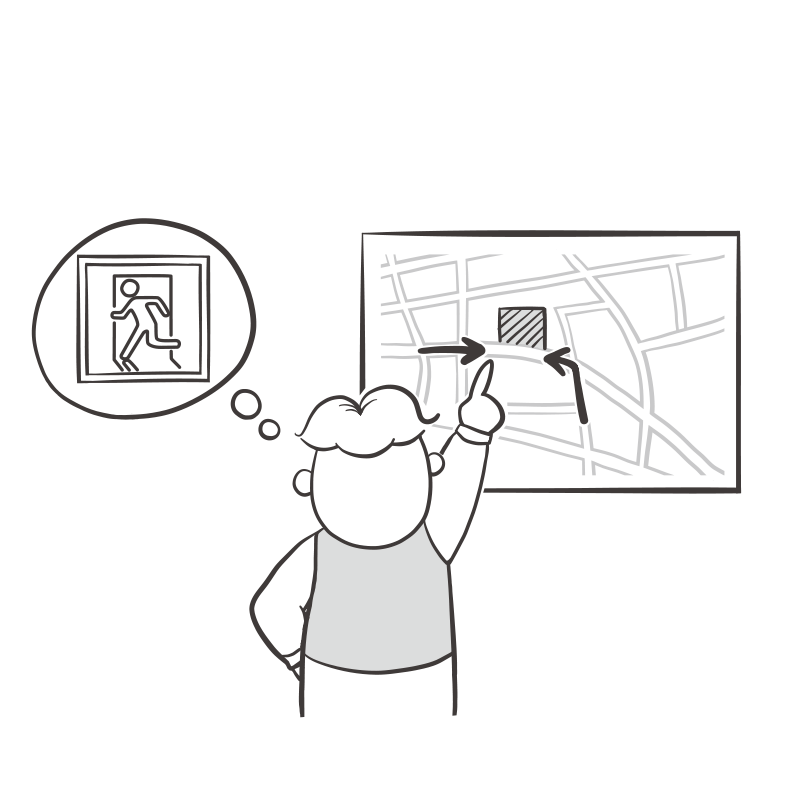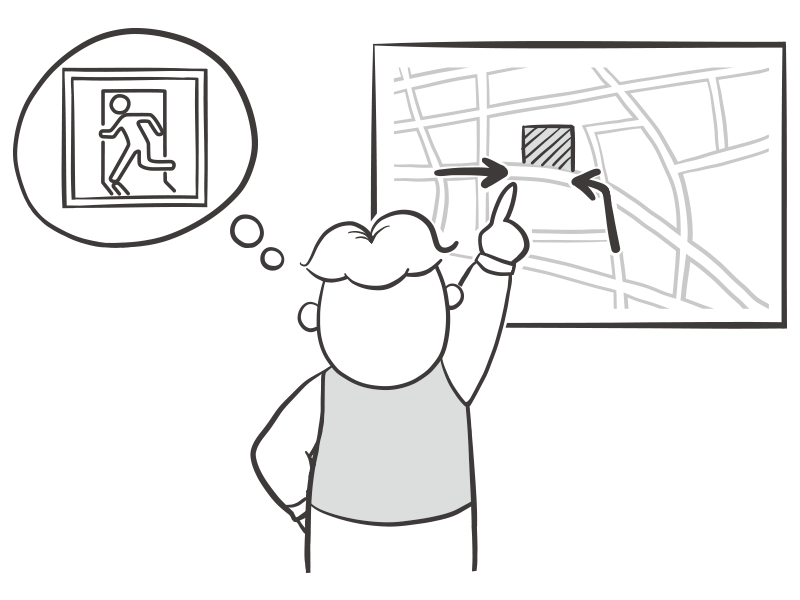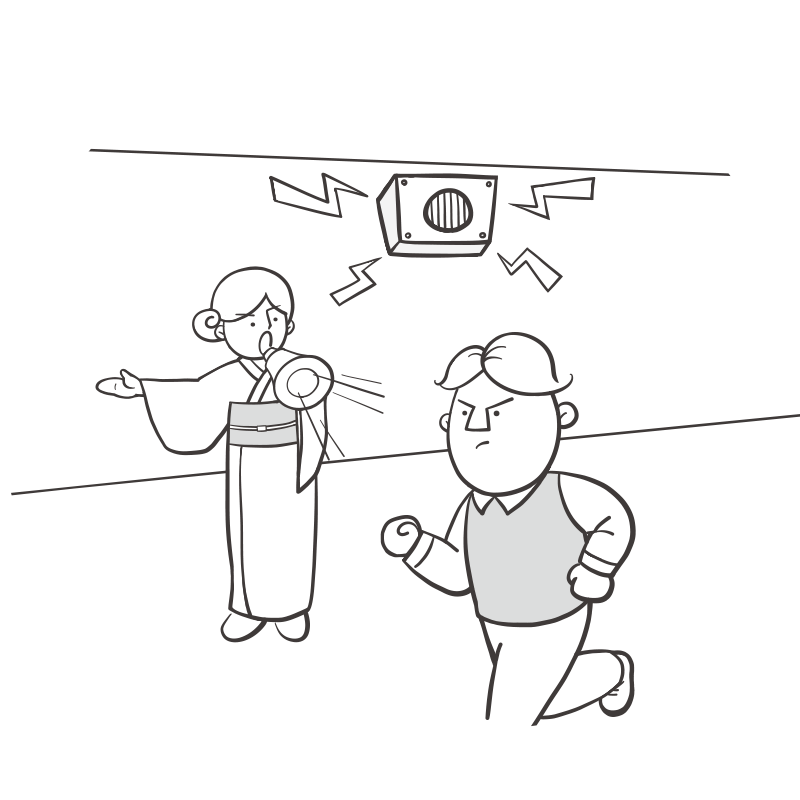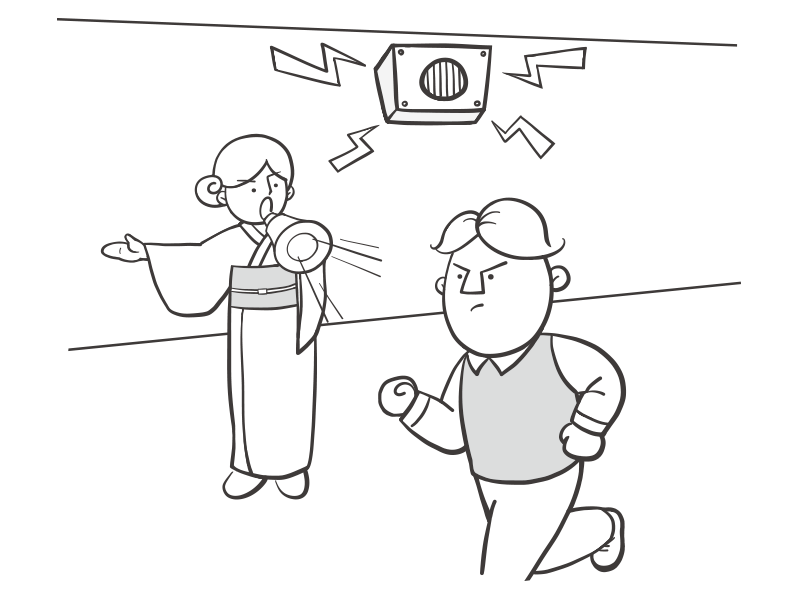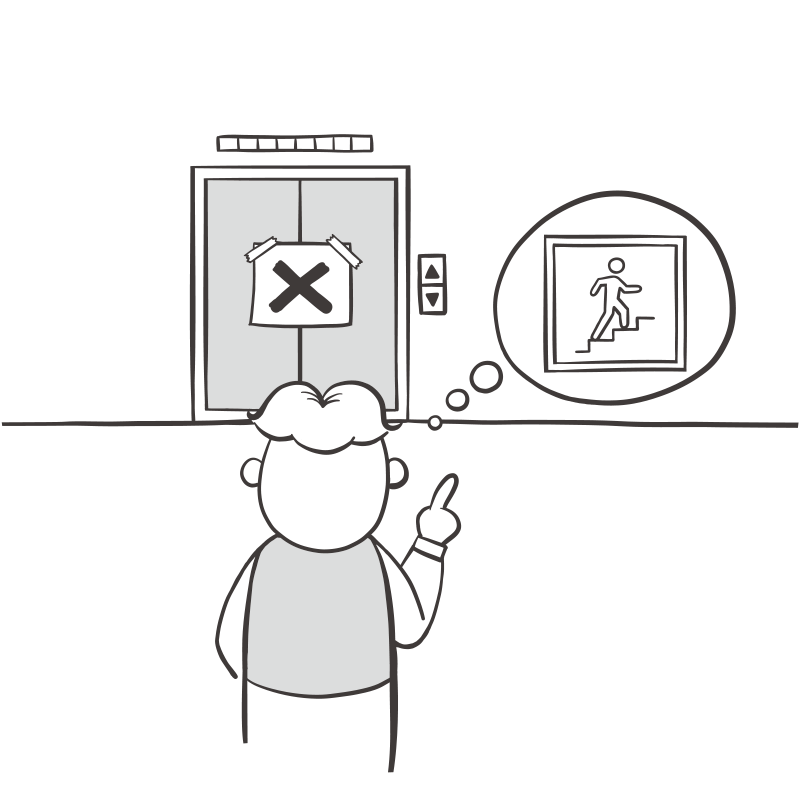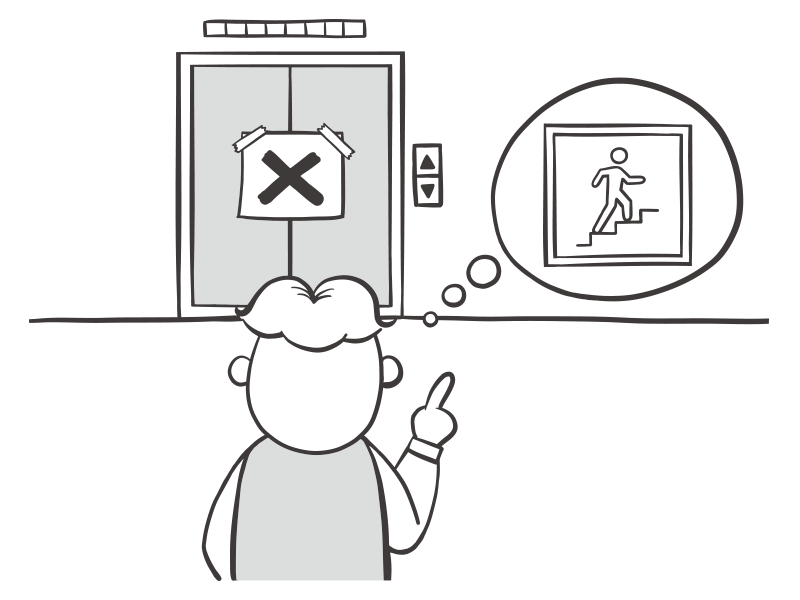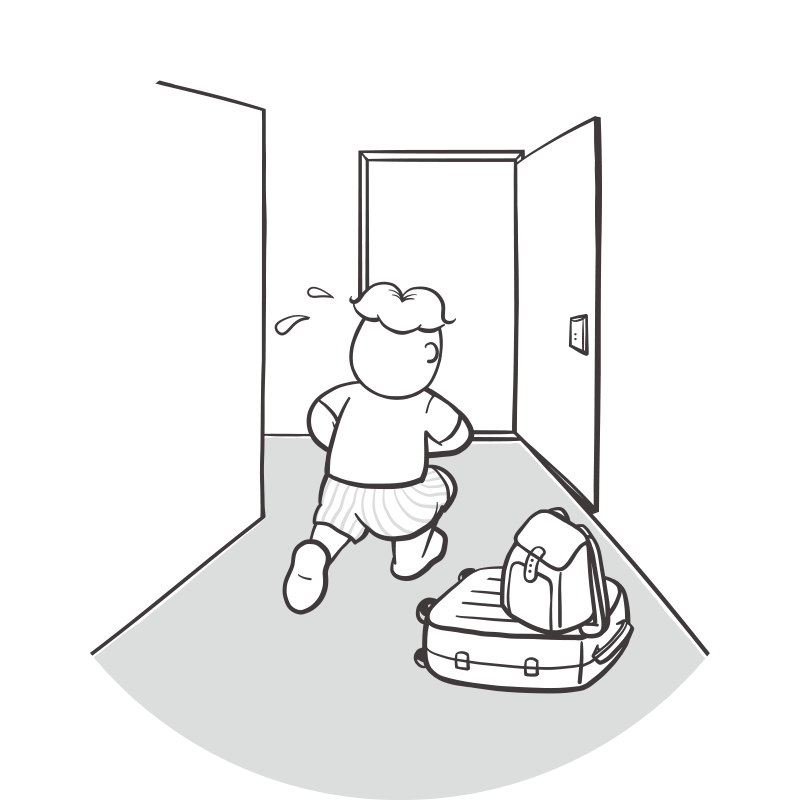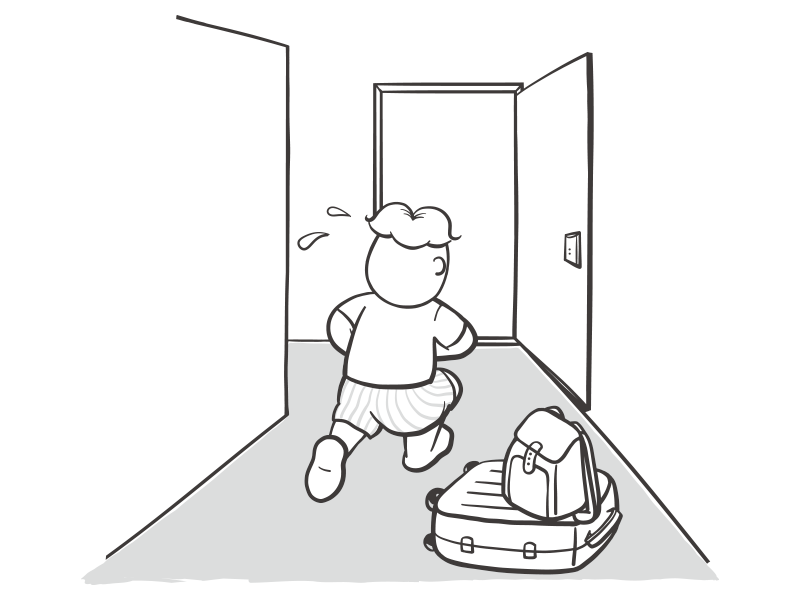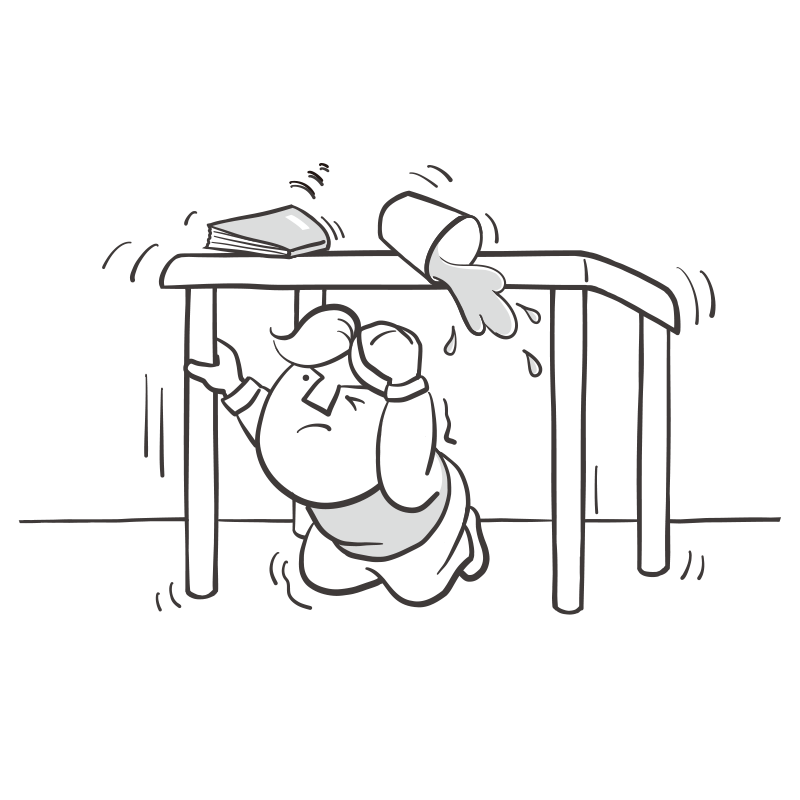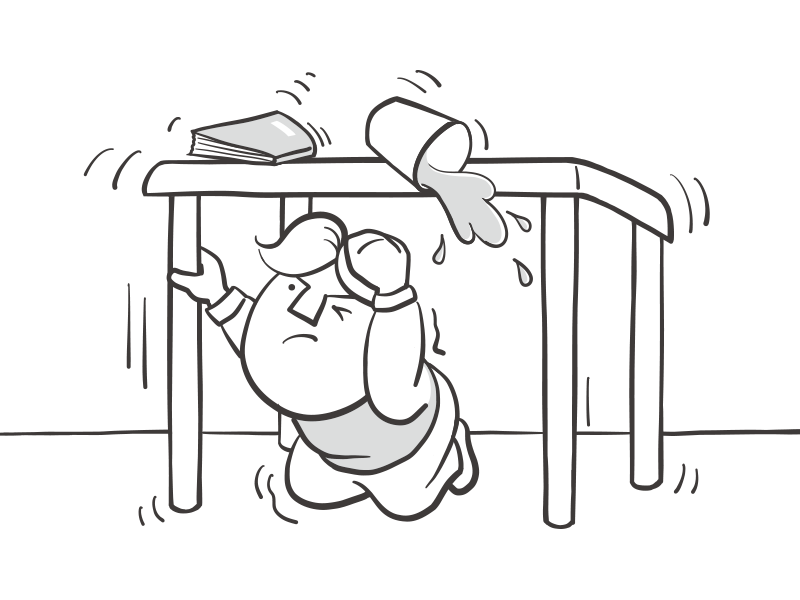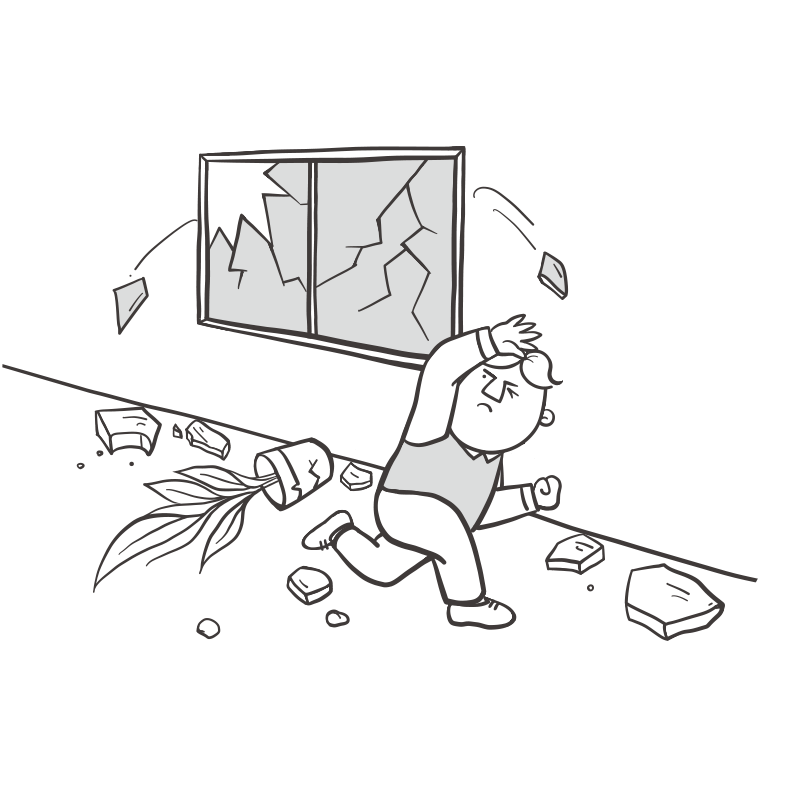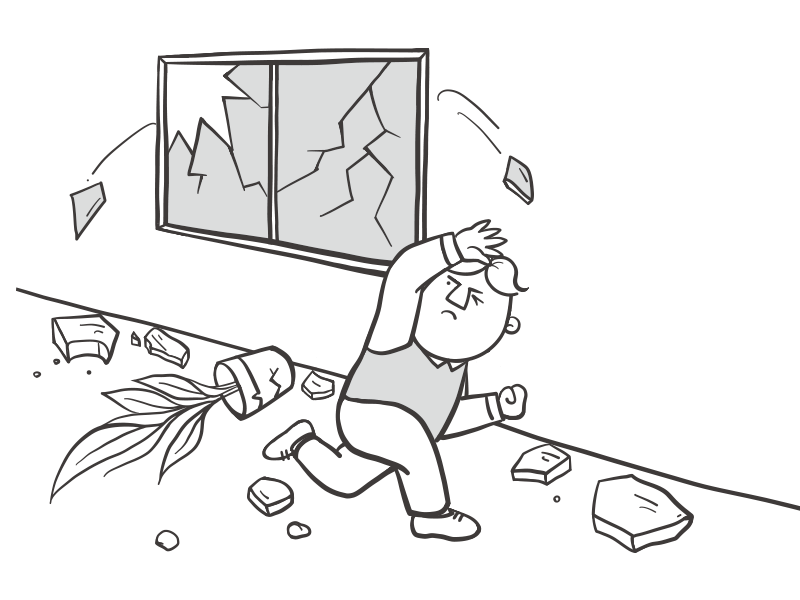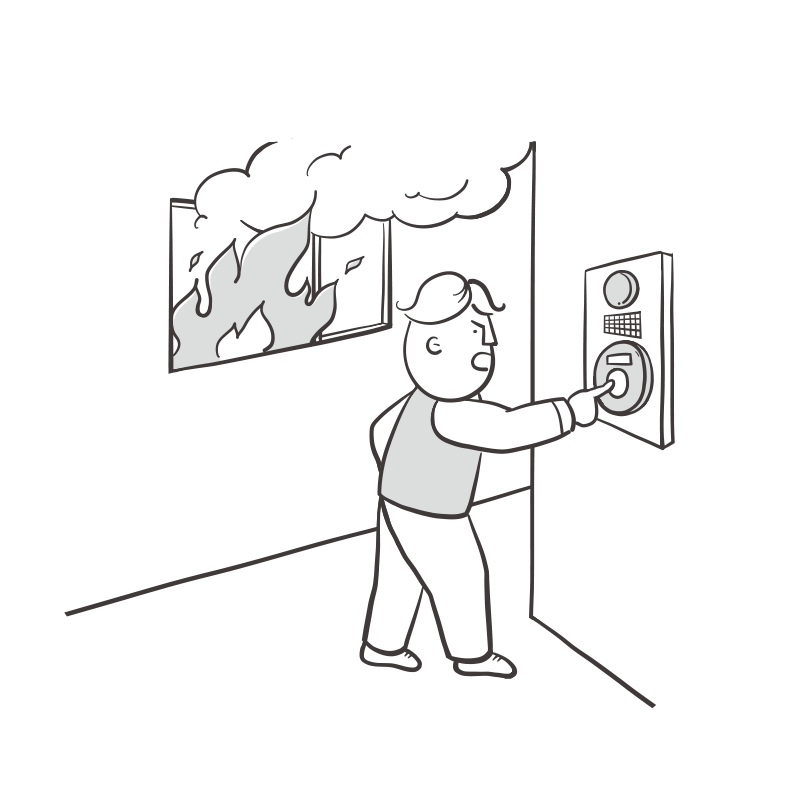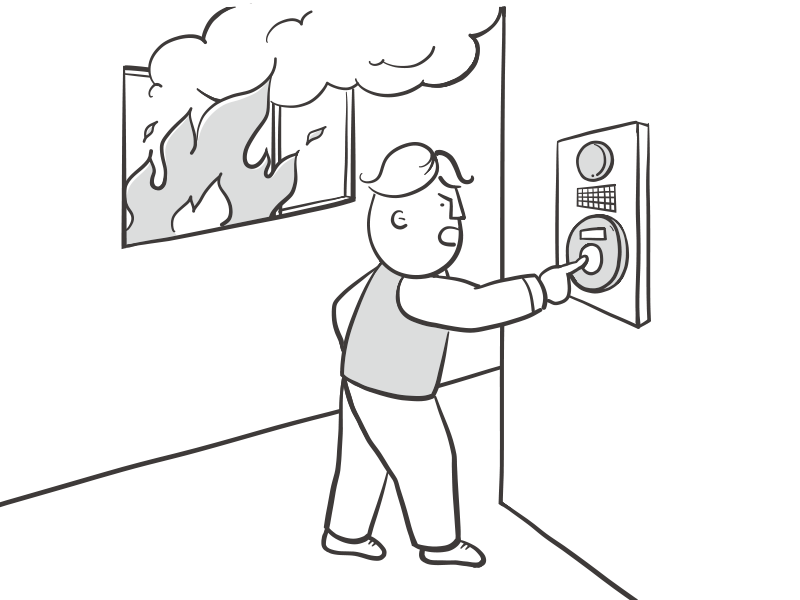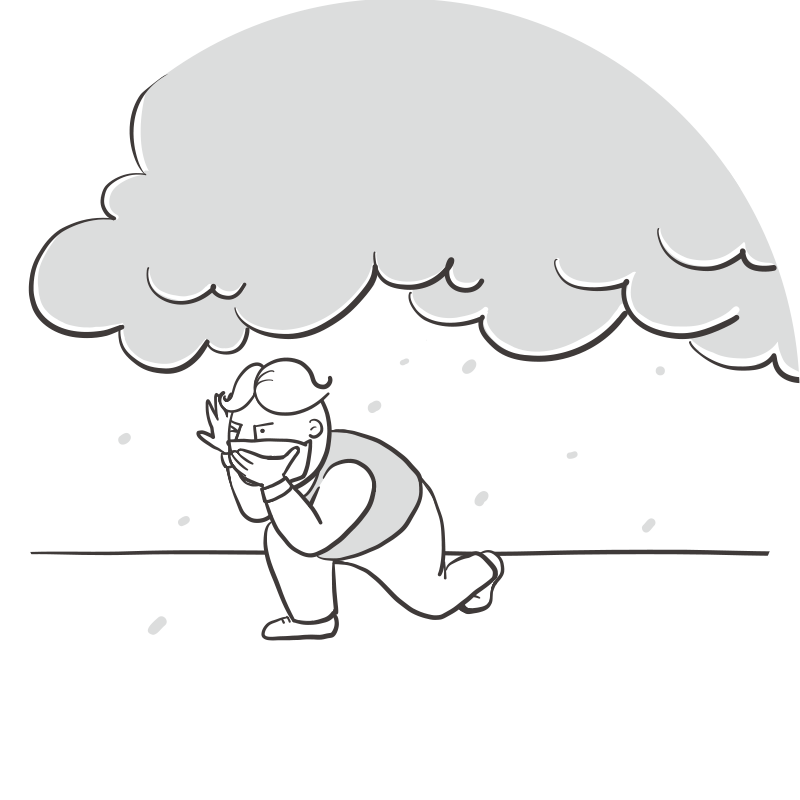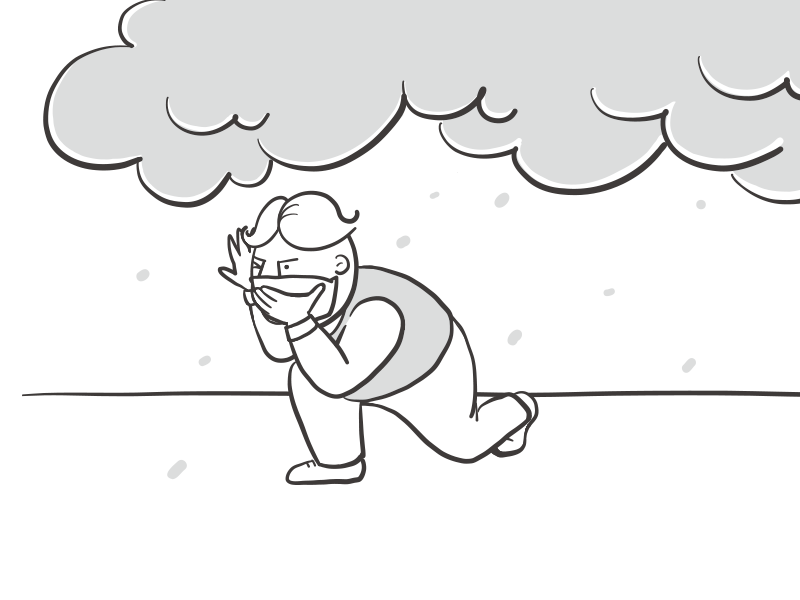Mt.Fuji, tea, and delicacies from the sea and mountains – Shizuoka Prefecture has many attractions for international visitors to enjoy. Shizuoka Prefecture also has one of Japan's largest numbers of ryokans (Japanese-style inns).
Unlike hotels and other lodgings,ryokans are expected to provide dinner and breakfast so they have unique rules.This website introduces the basic ryokan house rules for overseas travelersplanning to visit Shizuoka Prefecture.
By knowing this information, we hope visitors from overseas can have an even better ryokan experience.
Welcome to Shizuoka’s ryokans!

Each ryokan has its own rules. Ask in advance about their cancelation policy, check-in times, shuttle service, ability to handle diet restrictions, and if minors are allowed to stay.
Ryokans in different areas may have the same name. By confirming in advance the name and address of the ryokan where you made a reservation, you can avoid going to an inn in the wrong areas.
Many ryokans serve dinner. Telling them your arrival time when making the reservation will help them provide you with smooth meal service.

The language in which communication is possible varies between ryokans.Some may only be able to speak Japanese. In those cases, translation devices orother means to aid in communicating with their guests are used.
Presenting to the staff the reservation confirmation e-mail you received when booking your stay will ensure a smooth check-in.
Ryokans often settle the room charge at check-out. Consult with the staff if you want to pay the bill when checking in.
Please contact the ryokan where you plan to stay if you will arrive later than their set check-in time. Dinner service may not be possible if check-in is significantly late.

Most ryokans require guests to take off their shoes when entering the guest rooms. Be careful to not enter a guest room with your shoes on. And in some ryokans, you may need to take off your shoes at the entrance.
Some amenities cannot be taken home. Bath towels, yukata, and other linens are not souvenirs.

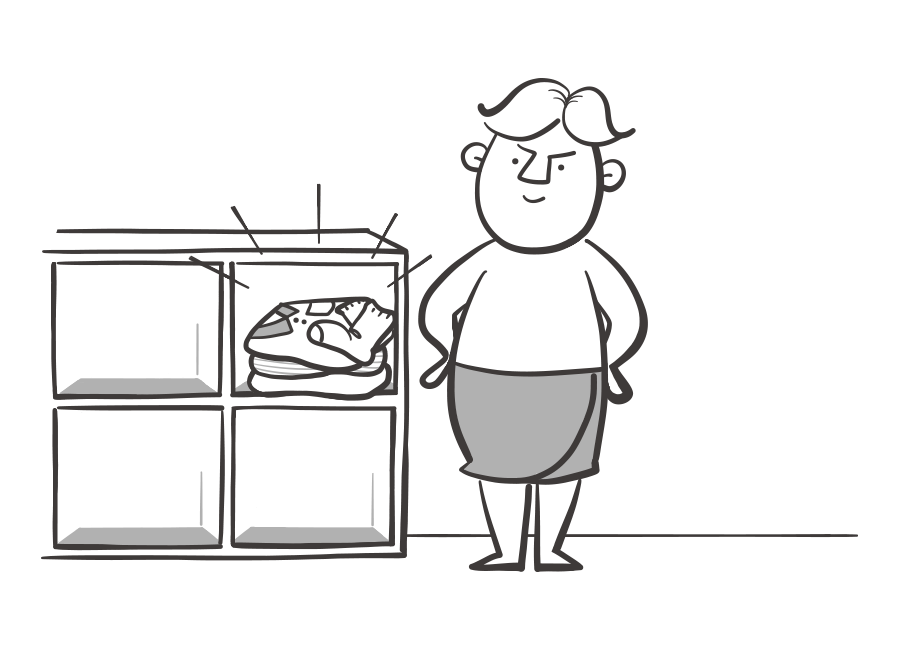
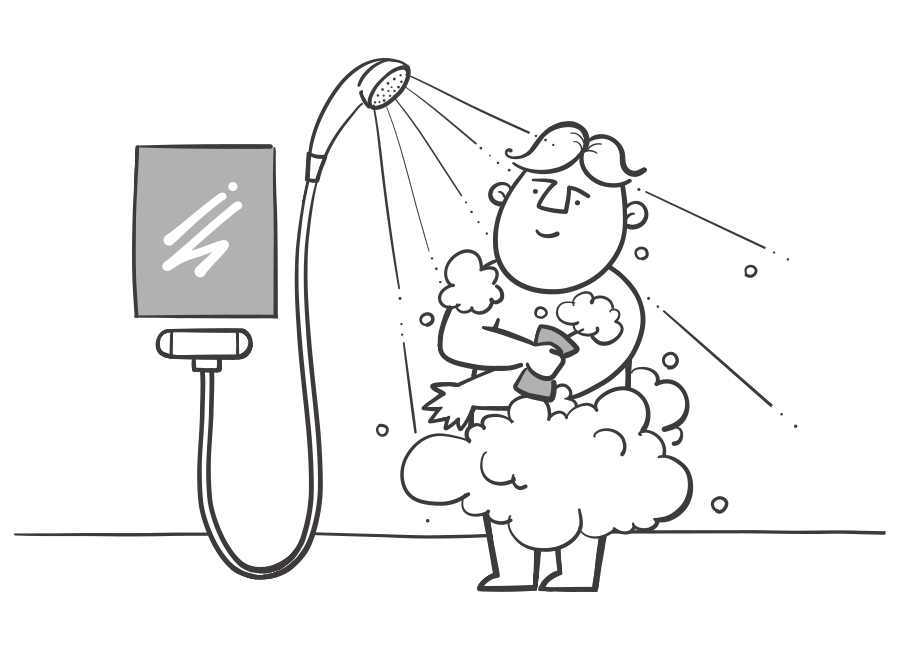
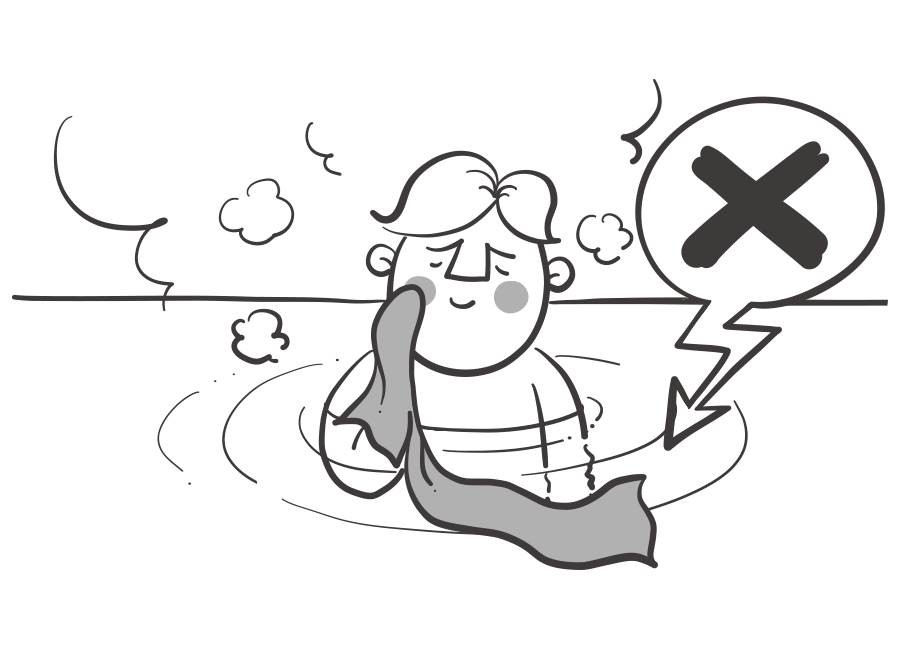

Please check if meals are served in the dining room or in your room. Some ryokans may only serve dinner and breakfast in the guest room.
If you have food allergies or diet restrictions, please confirm in advance if they are able to provide meals that accommodate diet restrictions. Some ryokan may not be able to prepare meals that meet food allergy needs.

Most ryokans provide futons and not beds for sleeping. After the evening meal, the staff will enter the room to lay out the futons.

Many guests forget their mobile phone chargers, underwear, jackets, etc. Please make sure you haven’t forgotten anything before leaving your room.
Please check in advance which credit cards are accepted. It is rare, but some ryokans do not accept credit cards.
